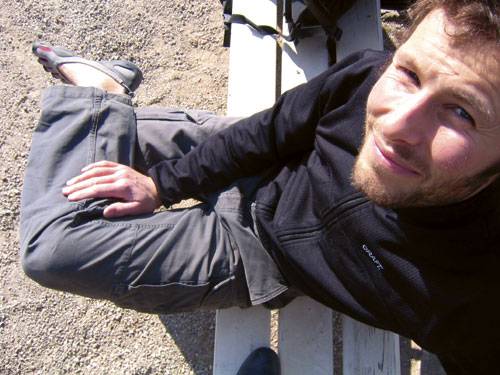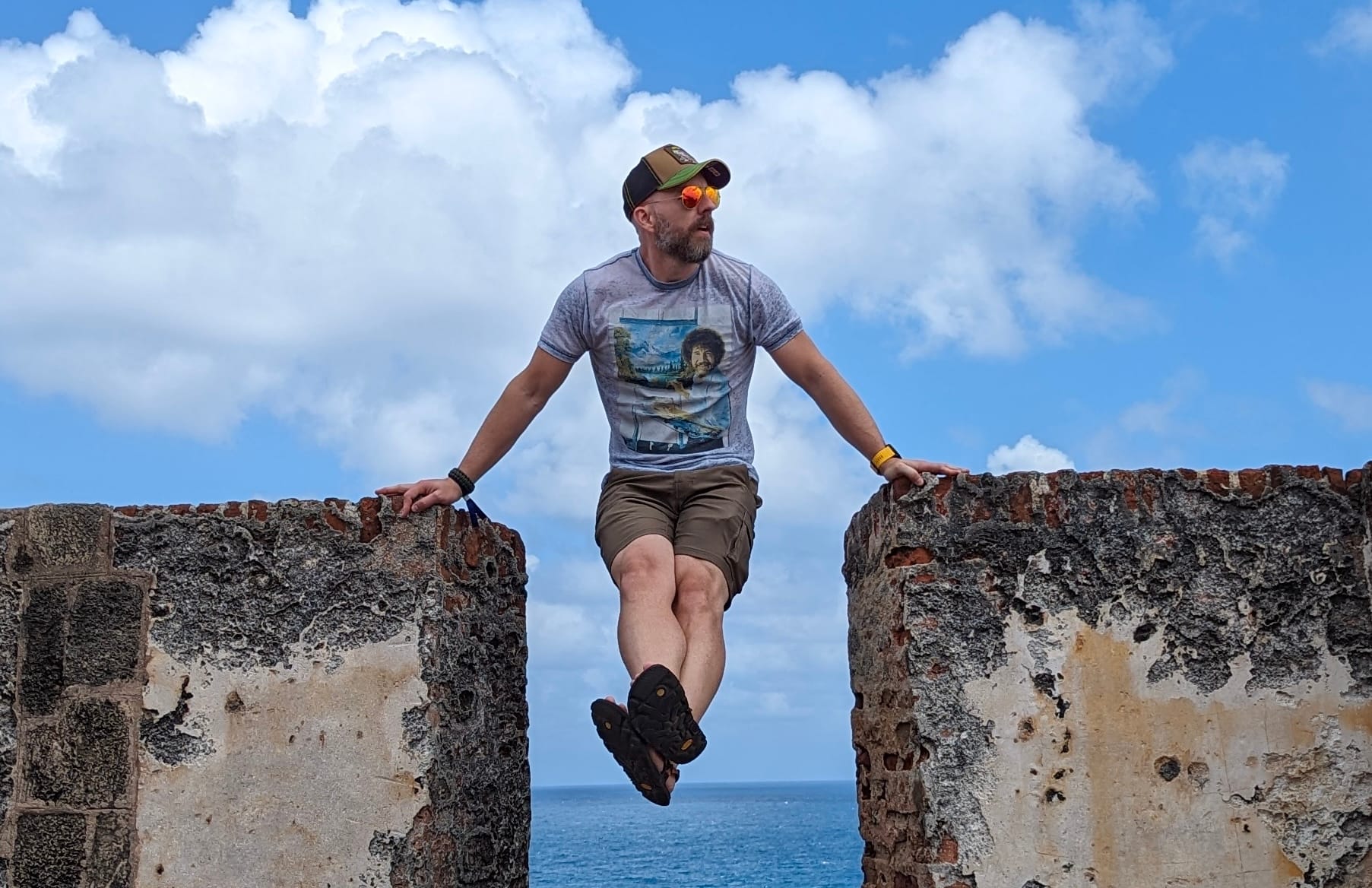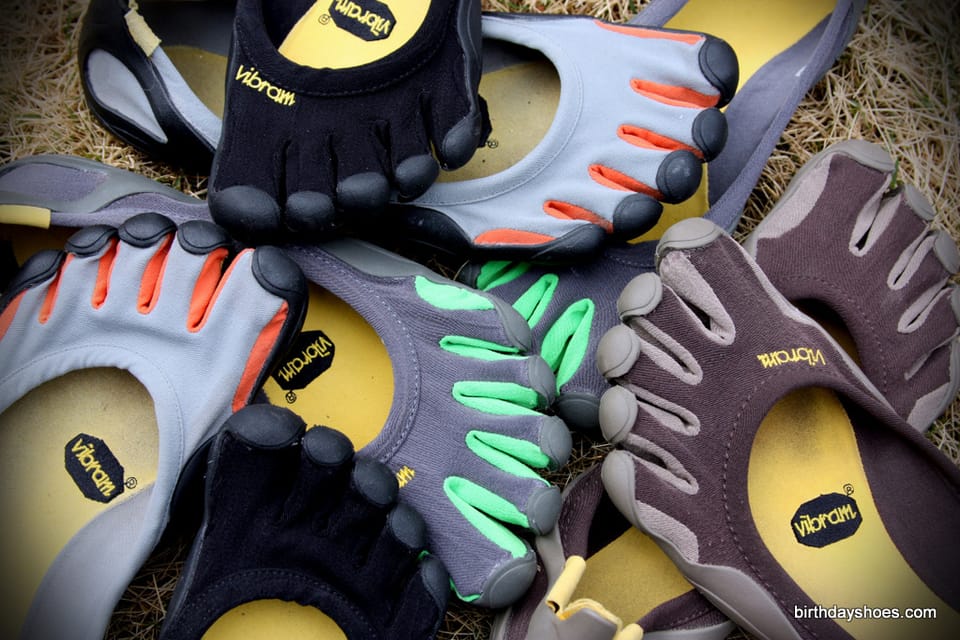Why are so many of Ultramarathon Man's readers running in Vibram Five Fingers?
A discussion of Dean Karnazes survey of his long-distance running readership in light of the realization that a large number of his readers wear Vibram Five Fingers. I believe this is because distance running requires running with lower impact forces.
A few days ago Dean Karnazes, also known as Ultramarathon Man — you might remember him as the guy who went for a 30 mile run in his undies on his 30th birthday — posted survey results comparing his reader base to results from a survey by Running USA. You can read Dean's post here.
The gist of the comparison is that Dean's readership "tends to work out longer, work out harder, and participate in more rigorous events." For example, the Running USA respondents average 26 miles a week compared to Ultramarathon Man's readership averaging 44 miles a week. Or when asked about favorite race distance, only 2% of Running USA's athletes cited the ultramarathon as their favorite race distance compared to 13% of Dean's readership.
Makes sense that readers of man famous for running ultramarathons would lean to running longer distances and pushing themselves harder than the average runner. And here's where it gets interesting. When Dean asked his readership what their favorite footwear was, the top contenders out of the 250 respondents were, in the following order:
- Asics (24%)
- Mizuno (13%)
- Brooks (11%)
- Saucony (11%)
- Nike (10%)
- New Balance (7%)
- Vibram Five Fingers (6%)
- Everything else (18%)
Vibram Five Fingers came in ahead of Adidas (5%), Newton (2%), Inov-8 (1%), and barefoot (~0%), among others.
Right about now you should be raising an eyebrow or two. Dean was even surprised at the popularity of Vibram Five Fingers. So what is going on here?
I confess my bias — this is a site dedicated to Vibram Five Fingers, specifically, and barefoot and minimalist footwear generally. For that matter, I readily jump (gently landing, I might add) to conclusions. In a nutshell:
I believe modern, thickly cushioned, high-heeled, form-correcting shoes effectively force you to run with a heel-strike. Heel-striking results in greater impact forces experienced by the runner. These added forces result in injury for many, many runners.
What's this have to do with Dean's poll? Simply put: the more you run, the more impact forces will affect your body. Run longer distances in typical running shoes and you increase the likelihood of sustaining injuries.

Here's my hasty generalization: I'm not surprised to find a large number of Dean's readership base seeking out a foot glove over the standard running fare in hopes of running longer distances with less injury. It's from this perspective that Vibram Five Fingers not only allow you to run with the softer-impact of a forefoot strike a.k.a. natural running — they demand it. You simply must run naturally or reel in pain at heel-striking. The result is less impact on a runner and, in turn, fewer injuries.
I hope Dean repeats his survey a year or so from now. It would be interesting to see if the percentage of his readership running in Vibram Five Fingers grows going forward.
That's my take. What do you think?
Leave a comment below and spread the word. Let's get this discussion going!
(H/T to Joggling Joe Salter!)




